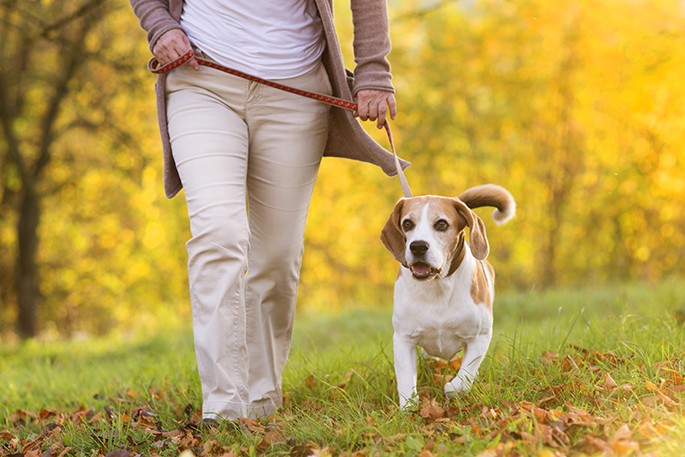Love it or hate it, daylight saving is upon us again. As clocks move an hour forward on September 29, many of us will be adjusting to longer afternoons, disrupted sleep, and the usual range of mixed feelings.
While most of us have an opinion about the time change, many of us overlook how it impacts our pets. As you sip your extra-strong coffee in the early morning, take a moment to think about how the sudden shift in routine might affect your dog or cat.
Our pets often rely on consistent schedules and change like this can disrupt their habits.
“Yes, daylight saving does come as a shock to the system,” said Michelle le Long, COO at pet insurance specialist, PD Insurance.
“But pets take their behavioural cues directly from us. Notice how your pooch seems to know when you’re packing for a holiday? Or even knows when you’re leaving for work? Daylight saving can be an even bigger deal, and there are multiple tactics available to help them cope.”
Circadian rhythms
Getting high school biology vibes yet? You should be, because just about all living things have circadian rhythms. Yes, even cats (though they do tend to be on their own mission…more on that momentarily).
Circadian rhythms are the physical, mental, and behavioural changes that follow a 24-hour cycle – basically, a biological clock telling you how to feel at different times of the day. If you’ve ever had to speak with someone on an entirely different time zone, you’ll appreciate how different things are when they’re winding down for the night while you’re on morning coffee.
Dogs – which are diurnal like us (daytime creatures…and creatures of habit) have those rhythms. Interfere with them, and the dog becomes as dazed as many of us are.
Now, cats. Interestingly, cats are crepuscular, a fabulous word meaning most active at dusk or dawn. Or, as you might know, fond of caterwauling in the very early hours in some cases. “Not only are cats crepuscular, but they tend not to care quite as much for our comings and goings as their canine counterparts do. So, while they of course have their own circadian rhythms, those tend to be somewhat independent of our own,” says le Long.
About those habits
The habits dogs have generally revolve around food, exercise, and, well, getting rid of the food and drink as nature takes its course. Most dogs expect their food at a regular hour; when the clocks shift, that hour isn’t quite as regular as it once was. And we all know what happens when food doesn’t arrive as it should…hangry!
“The result of hangry can be acting out, chewing, or puppy-dog eyes. Or even a raid or two on the bins,” laughs le Long. Walkies are generally expected at roughly the same time every day, too. And, of course, many pups start the day with a quick visit outside for ‘taking care of business’.
Helping dogs cope
Since the cats are off on their own mission, your efforts at smoother sailing for daylight saving should be focused predominantly on the pooch.
The biggest issue you want smoothed over is the suddenness of the change. It’s exactly this that takes most of us by surprise, though we have plenty of advance warning (including all those clocks still on ‘pre-shift’ time, which either become accurate again overnight, or will now remain out of whack for months on end).
You know where this is going.
“Make the change more gradual, and the impact will be dramatically reduced for your pets,” said le Long. “And best of all, by looking out for the pups…and maybe the cats…you’ll be doing yourself a favour too.”
Her suggestions include letting the dog sleep in, going to bed earlier, and gradually shifting walk and food times towards the new schedule.
And, while daylight saving is all about time, her suggestions are timeless.
“Before we know it, daylight saving ends again, and the cycle repeats. See how you go at the end of this September; if you notice your doggos behaving oddly, try a few daylight-saving coping techniques to ease the transition and make it less stressful for pets and family alike.”



1 comment
Lol
Posted on 22-09-2024 08:52 | By Saul
Who wrote this cobblers?
I'm sure my cat looks at my wall clock with horror.... Not!
Leave a Comment
You must be logged in to make a comment.